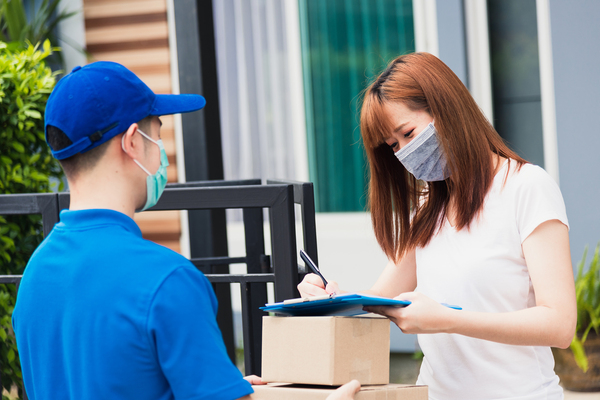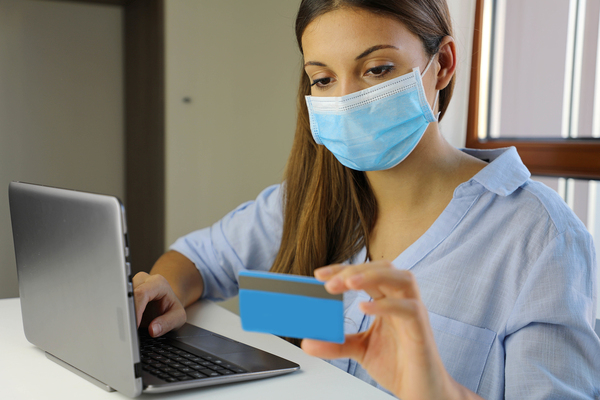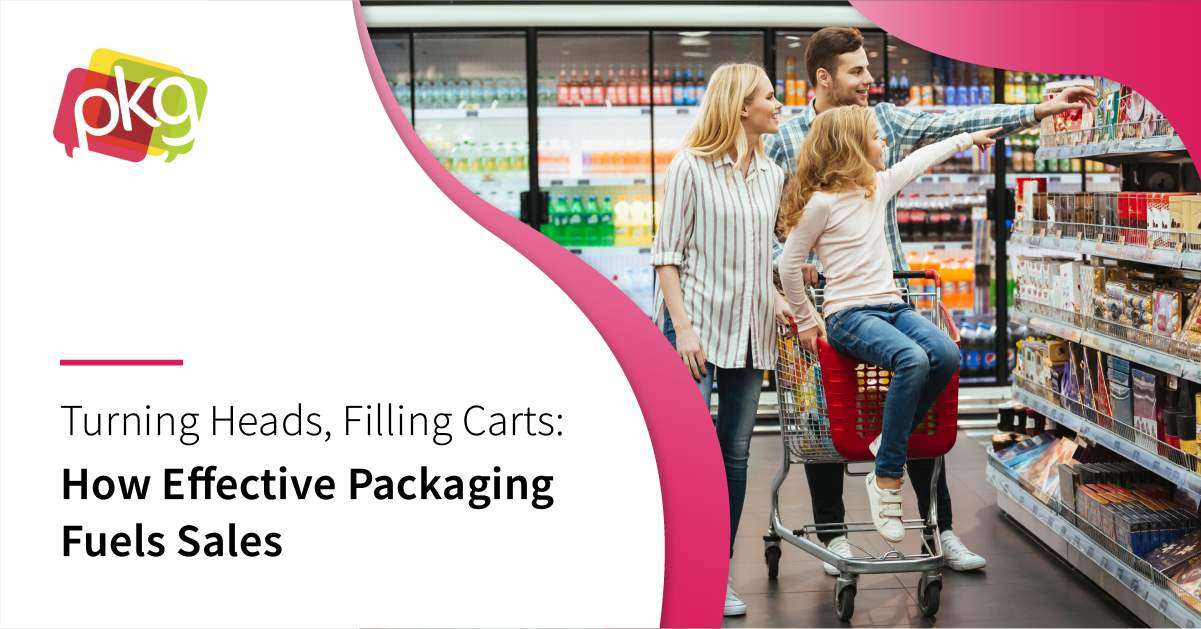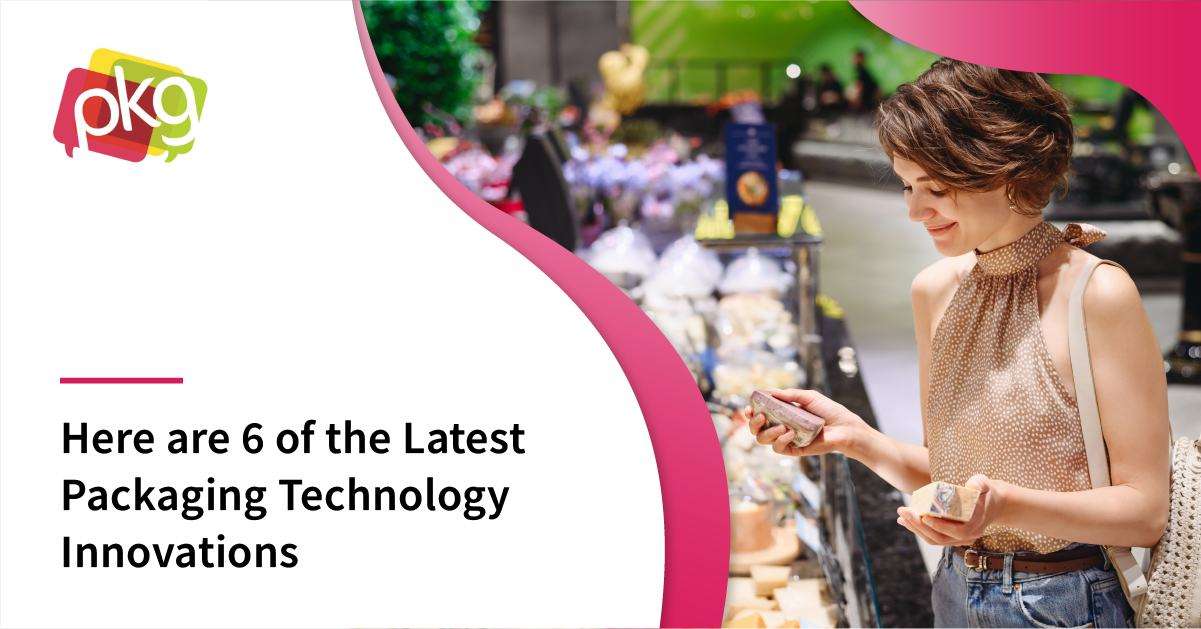
The packaging industry is facing a series of challenges as consumers and the rest of the world deal with changes related to COVID-19. Here is what research firm McKinsey has to say about the future of this industry.
CPG Packing—On the Front Lines of COVID-19
We are all living in “interesting” times thanks to the COVID-19 pandemic, but global consultancy firm McKinsey says food packaging “is on the front lines.” While some types of CPG packaging have declined, the acceleration of home delivery has made for significant growth in other areas. E-commerce is booming with deliveries of healthcare products, groceries, and more, as consumers adapt to stay at home rules.
McKinsey suggests that consumer demand for packaged goods will likely go through three phases in the coming months:
Phase One: The period of “shock and awe” that will reduce demand for certain types of packaging, such as transportation, bulk, or industrial packaging. This is tied to a reduction in production in the manufacturing sector of certain non-essential items, but certainly, offset by the increased demand for corrugated e-commerce or grocery packaging.
Healthcare packaging of flexible blister foils, rigid plastics, pumps, and more, will see higher demand during this time. Expect a spike from stockpiling during phase one.
Phase Two: This is when countries begin to get a grip on the pandemic. This period hasn’t happened quite yet, but with the economy inching inexorably toward depression-level unemployment, expect lowered demand for CPG packaging and the products they hold.
During phase two, the economic fallout will likely slow or nearly stop non-grocery retail service lines and the packaging of these products. Consumers desperate to save will select private label over brand names. Aware of the viruses’ impact, consumers will shy away from CPG packaging that doesn’t address the hygiene issue. Too, it is likely that companies will reduce selling prices and costs, but they should watch their supply chain carefully for the possibility of bankruptcies.

Phase three is the economic rebound after the COVID-19 uncertainty. CPG packing would see a strong rebound, particularly in the area of foodservice. Consumers may be unwilling or very slow to return to travel, for example.
McKinsey predicts, “The speed of packaging players’ recovery will be differentiated largely by segment, depending on the degree of disruption among the segment’s customers and challenge to different players’ supply chains.”
How Will Packaging Change Due to the Pandemic?
The chances are high that CPG packaging will alter for the foreseeable future and possibly forever. Look for consumers to purchases products from channels they’ve not used before the pandemic. E-commerce and home delivery will likely remain a high priority.
What about sustainability? This was a growing segment of CPG packaging before COVID-19. McKinsey wonders if sustainability will take a backseat to hygiene and food safety in the coming months—at least in the short term. Plastic offers some hygiene benefits, which will likely outweigh recycling concerns for now.
Reusable packaging could raise concerns about cross-contamination, and McKinsey suggests the CPG packaging guru, who comes up with “a cost-effective and sustainable substrate on which the novel coronavirus has minimal viability.” That would certainly be a rare win/win in a time of difficulty, turmoil, and shifting markets.
PKG Brand Design is always on the forefront of new CPG branding and packaging initiatives; please subscribe to our blog for the latest package design industry news!







